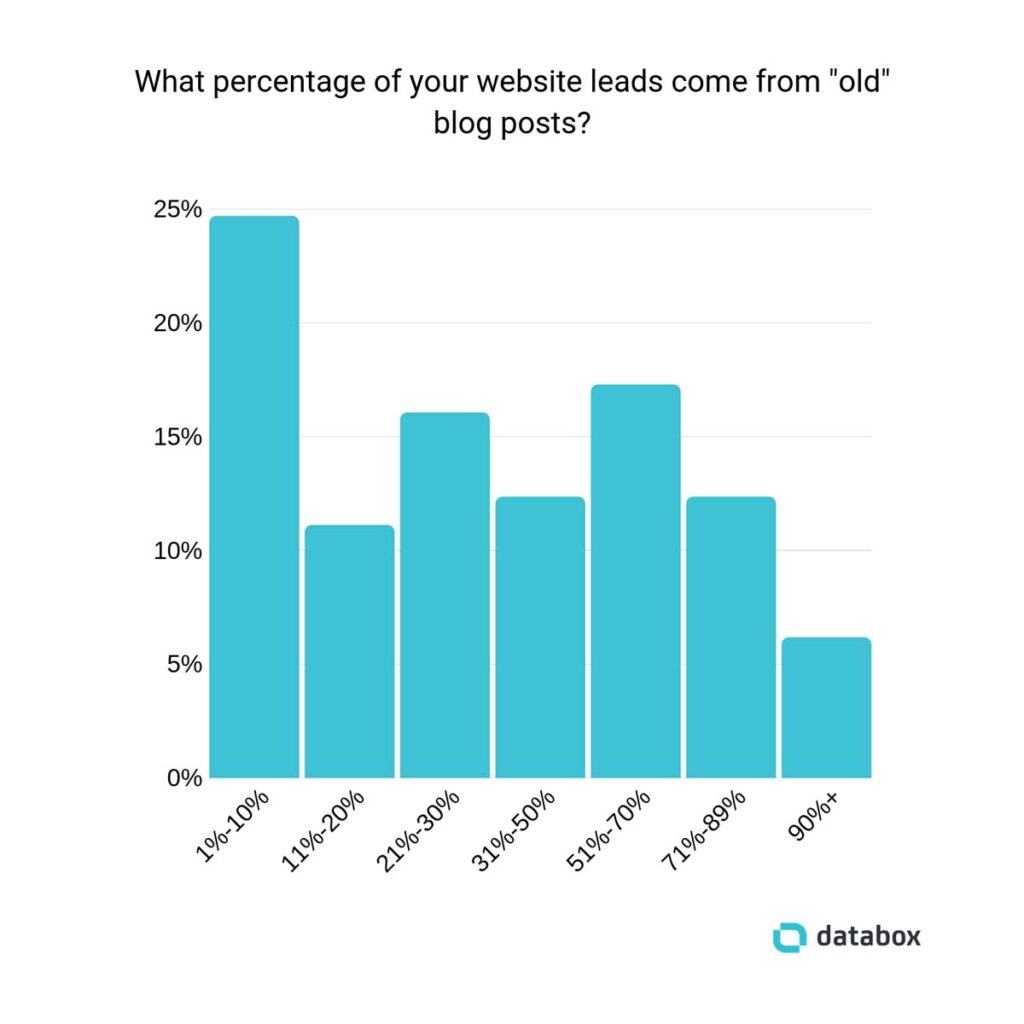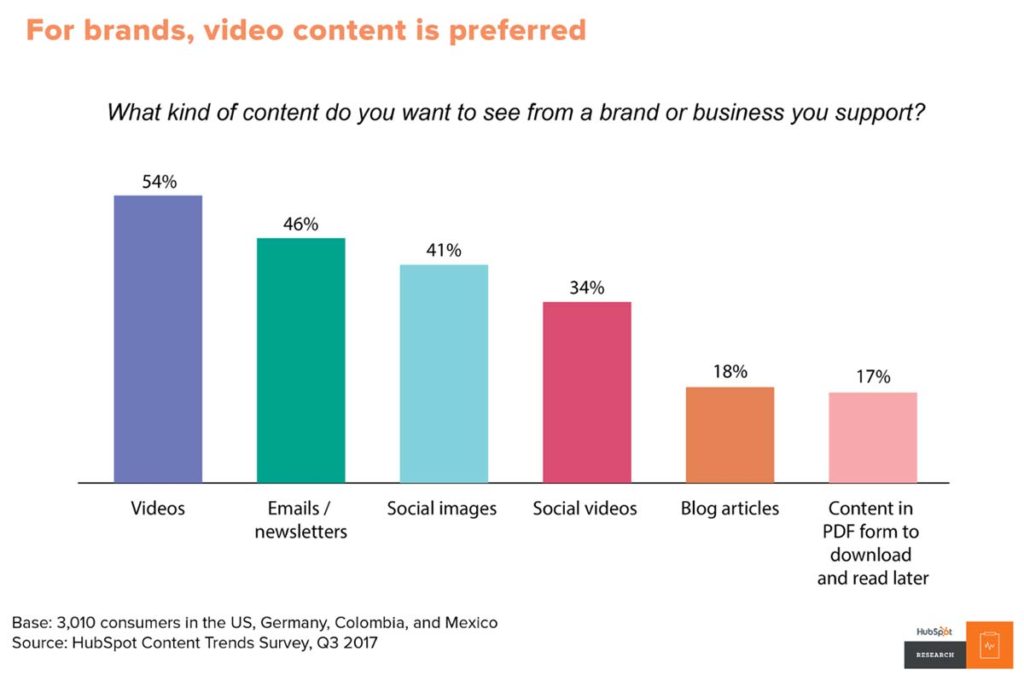
29 Jul 5 Smart Ways To Reuse Blog Content And Save Money
5 Smart Ways To Reuse Blog Content And Save Money
Repurposing content is a tactic that can be incredibly effective if used correctly.
After all, content marketing is all about finding ways to deliver value to your audience, so old content recycling into new content is only natural.
Here are five smart ways to reuse blog content and save money.
#1 Create Spin-Offs
Probably one of the most effective ways to reuse blog content without repeating yourself is by creating spin-offs.
You can take ideas from your past pieces and then develop them into entirely new pieces such as blog posts, articles, social media posts, email newsletters, podcasts, videos, infographics, and so much more.
Spin-offs can be about anything you want them to be as long as they are relevant to your niche and can be used as a separate topic that your audience will be interested in.
For example, you could take one of the points in your list article and then develop it into a separate piece that focuses entirely on that particular topic.
For example, you have an article with the top ten movies to watch on Christmas Eve.
One of the movies on that list is “Elf”.
A separate article you can write will be about ten reasons why “Elf” is one of the best Christmas comedies or ten pieces of trivia about the film.
In both cases, you are taking “Elf” as one of the points in your old article and creating a new article about it.
Another way to create spin-offs is by covering the same topic from a different perspective.
If the topic of your article or blog post allows you to look at the situation from a different perspective, then you should consider exploring this perspective because it could be developed into a separate piece of content.
For example, the article with ten reasons why “Elf” is one of the best Christmas comedies could be used to create a piece with ten reasons why it isn’t as good as everyone thinks.
You could go into the reasons why it has become outdated, why some jokes feel recycled because everyone used them in other works after the film was released, and so on.
#2 Upgrade Them with New Findings

Old blog posts, especially the ones that are several years old and have different statistics in them, can become somewhat outdated after new surveys and studies are published.
This is why taking your old posts and upgrading them with new findings can help you create an almost entirely new piece that takes the old post as its foundation.
Keep in mind that if you are not sure about your abilities and think that you would rather have someone else write your blog posts, you can always hire a professional writer from PickTheWriter who will write the articles for you while maintaining a certain level of quality and being consistent with the language and style they use.
Adding new findings can also help you make your articles provide your readers with a fuller picture.
For instance, a new survey about the favourite Christmas comedies in North America could be a great addition to the article about “Elf” because it fits the topic – and “Elf” will probably be in the results of that survey allowing you to prove your point even better.
On the other hand, it is essential to remember that there is a difference between relevant and irrelevant findings.
Some of the statistics you want to include might not be connected to your topic, which will only divert the attention of your audience and could even make your arguments invalid or reduce their effectiveness.
This is why it is so crucial that you do as much research as you can and try to find the most relevant studies, surveys, and statistics.
If you find something particularly exciting but not entirely relevant, you can still use it for a separate piece.
In fact, it can help you generate ideas for more blog posts, so all you need to do is set it aside for later.
#3 Reuse Blog Content on Other Channels
Blog posts are usually published either on your blog or your website.
As a result, you might find that this is the only place that you placed them in.
Consequently, you can take these pieces and repurpose them for other channels publishing them on your social media profiles, adding them to your email newsletters, and so on.
Let’s take the article on “Elf” as an example yet again.
You can first take your older post with the list of Christmas movies and make a social media post out of it.
Instagram can be especially suitable for this because you can add an image for each of the ten Christmas movies.
Twitter is also great because you can create a thread with each tweet having the name of the film and a bit of information about it as well as a few images.
That being said, other social media platforms are also appropriate for such lists.
Then, you can repurpose this post for your email newsletter.
After you add it to the newsletter, you can then include some links to similar articles on your blog at the bottom of the email just like you would at the bottom of your articles normally.
Other channels you can use include podcasts and videos.
After you have reused the initial post with Christmas movies and written another one for “Elf” separately, you can reuse this new article on “Elf” and post it immediately to all these channels.
In other words, you both repurpose your older blog post and your newer articles based on that earlier post.
It’s a double effect which can be surprisingly efficient.
#4 Create E-Books
Speaking of using other channels, e-books are gaining more prominence too even though they have been around for a long time now.
Creating e-books by using older blog posts is relatively simple because you can make compilations of your posts.
On the other hand, you can also use the spin-off technique by taking an idea from one of your articles and then expanding on it.
Once again, if you don’t feel like you are the best person to write these and you would instead focus on something more straightforward, you can always hire a professional freelance writer who will be creating these e-books for you whether this will be done by compiling and formatting your previous posts or by expanding on ideas from posts.
One of the most important things to remember about creating e-books is that you will want them to look professional.
Even though you will probably have to give them away for free much as you do with your regular blog posts, you still need to make sure that they maintain the quality you want them to have and provide enough value to your audience.
Formatting is especially important here, because – just like with articles – your e-books will need to have different sections.
You need to start with the cover, then add a title page, and a table of contents.
After that, you will usually have an introduction or a forward page before you get to the content itself.
In the end, you can add an afterword as well as a contact, about, and other books by pages.
#5 Make Videos

Last but not least, you can make videos from your old blog posts.
Videos are always incredibly engaging and either informative or entertaining, which is why they are so popular among audiences of all ages, backgrounds, interests, and beliefs.
Here are some things to keep in mind when turning your old blog posts into videos:
- Write A Script: First, you will want to write a script for your video based on the post you selected. It will probably be very similar to the structure of your post and the language you use for telling the information you want to convey. Decide whether you want it to be entertaining, informative, or maybe even both.
- Buy the Equipment: Next, you will need to buy the necessary equipment. This is especially important because it will impact the quality of your videos. However, you still want to keep your expenses within the limits of your budget, so you can upgrade your equipment later once you have a bigger budget.
- Hire Professionals: Of course, you can always do all the work yourself from writing the script to publishing the video, but hiring professionals for such tasks as filming and editing can be quite beneficial for your videos because they will look like they were made by someone who has experience in this.
- Edit It Attentively: If you decided to do everything yourself, you would need to be especially attentive with editing. Don’t use any music that can get you in trouble (if you are using YouTube, it has a library of free music). And make sure that you don’t accidentally forget some critical parts of your footage.
- Upload It Correctly: Lastly, upload your video correctly by adding the title, description, tags or keywords, adding it to a playlist, and so on.
Final Thoughts
To sum up, you can eventually learn how to repurpose content once you understand what your source content was all about in the first place.
Use the tips in this article on the ways to reuse blog content, and you will be able to reuse your materials more efficiently.
About the writer: Based in Chicago, Ava T. Jones is best known for her contributions to writing. She entered the writing world to explore her passion for contrastive linguistics, adaptation and lexicography. Ava also enjoys skiing, social media management and vegan parties.
Last update on 2020-07-29 / Affiliate links / Images from Amazon Product Advertising API







